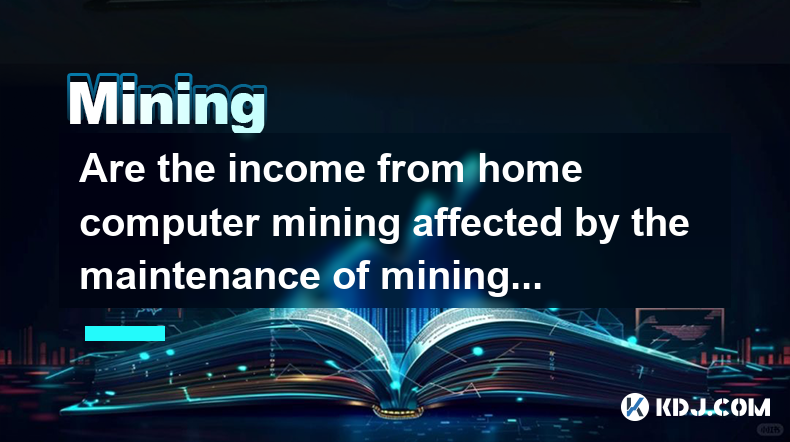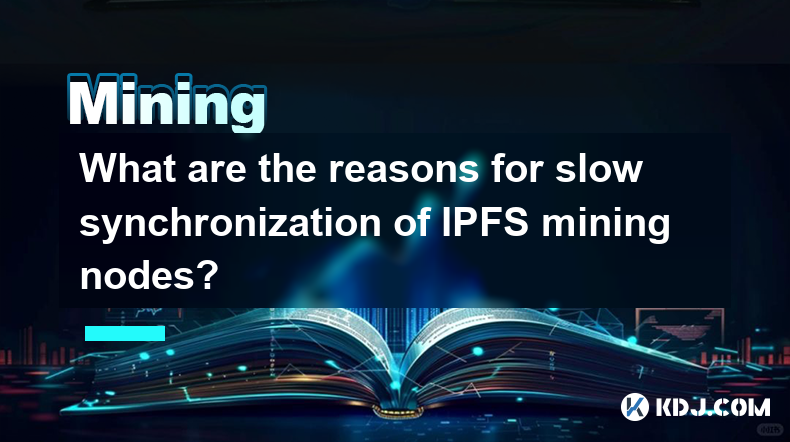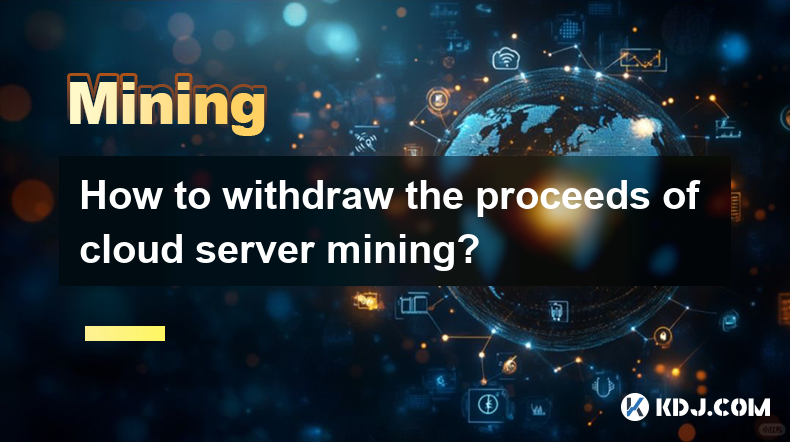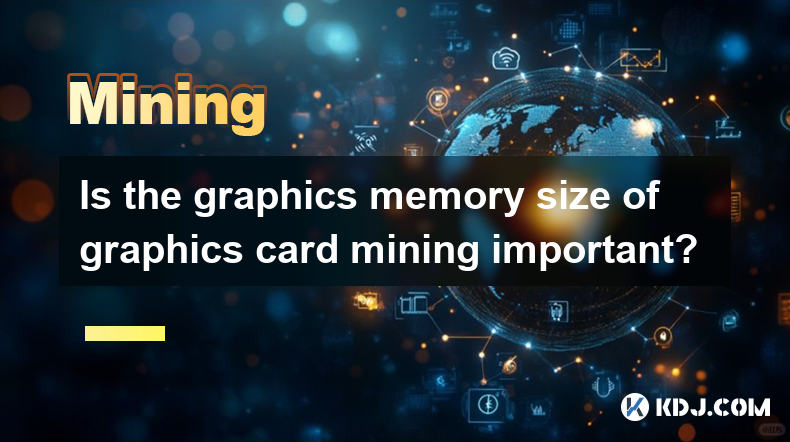-
 Bitcoin
Bitcoin $85,515.3893
2.61% -
 Ethereum
Ethereum $1,651.3714
5.34% -
 Tether USDt
Tether USDt $0.9998
0.03% -
 XRP
XRP $2.1623
6.83% -
 BNB
BNB $597.8043
1.54% -
 Solana
Solana $132.8560
9.85% -
 USDC
USDC $0.9999
0.00% -
 Dogecoin
Dogecoin $0.1687
5.02% -
 TRON
TRON $0.2467
1.41% -
 Cardano
Cardano $0.6615
5.45% -
 Chainlink
Chainlink $13.2196
4.13% -
 UNUS SED LEO
UNUS SED LEO $9.3190
-0.74% -
 Avalanche
Avalanche $20.4920
7.17% -
 Sui
Sui $2.3747
7.68% -
 Stellar
Stellar $0.2463
4.89% -
 Toncoin
Toncoin $3.0264
2.01% -
 Shiba Inu
Shiba Inu $0.0...01257
2.63% -
 Hedera
Hedera $0.1757
4.32% -
 Bitcoin Cash
Bitcoin Cash $345.2553
10.49% -
 MANTRA
MANTRA $6.3058
-1.27% -
 Litecoin
Litecoin $78.8545
3.44% -
 Polkadot
Polkadot $3.7404
5.14% -
 Hyperliquid
Hyperliquid $16.4907
4.62% -
 Dai
Dai $1.0001
0.01% -
 Bitget Token
Bitget Token $4.4211
2.48% -
 Pi
Pi $0.7375
19.38% -
 Ethena USDe
Ethena USDe $0.9990
0.02% -
 Monero
Monero $207.2325
0.75% -
 Uniswap
Uniswap $5.5242
5.06% -
 OKB
OKB $53.7511
0.66%
How to control the graphics card temperature for graphics card mining?
Optimal GPU temperature for mining is 60°C-80°C; maintain it with good airflow, regular cleaning, and monitoring to prevent overheating and ensure efficiency.
Mar 30, 2025 at 02:56 am

Understanding GPU Temperature and its Impact on Mining
Maintaining optimal graphics card (GPU) temperature is crucial for successful and profitable cryptocurrency mining. High temperatures lead to reduced hashing power, increased risk of hardware failure, and ultimately, lower mining earnings. Conversely, excessively low temperatures are unnecessary and can impact efficiency. The sweet spot lies in keeping your GPUs within their manufacturer's recommended operating temperature range. This usually sits between 60°C and 80°C (140°F and 176°F), but always check your specific card's specifications.
Factors Affecting GPU Temperature During Mining
Several factors influence GPU temperature during the demanding process of cryptocurrency mining. The most significant is the GPU load. Mining pushes GPUs to their limits, generating significant heat. Ambient room temperature plays a crucial role; a hot room will inevitably lead to hotter GPUs. Airflow within your mining rig is paramount; inadequate cooling can quickly lead to overheating. Finally, the quality and condition of your cooling solution (fans, heatsinks, thermal paste) directly impact temperature control.
Effective Strategies for GPU Temperature Control
Several methods can be employed to effectively manage GPU temperatures during mining operations. These strategies are crucial for maintaining the longevity and performance of your mining hardware. Let's explore these in detail.
Improve Airflow: Ensure your mining rig has excellent airflow. This can involve using multiple case fans, strategically placing them for optimal intake and exhaust, and ensuring there's sufficient space around the GPUs for air circulation. Consider using high-static pressure fans designed for cooling radiators or heatsinks.
Clean Your Rig: Dust accumulation significantly impedes airflow and increases GPU temperatures. Regularly clean your rig using compressed air, paying close attention to fans, heatsinks, and other components. A clean rig is a cool rig.
Monitor GPU Temperatures: Use monitoring software like MSI Afterburner, HWMonitor, or similar tools to constantly track GPU temperatures. This allows for proactive adjustments and prevents overheating before it becomes a problem. Set up alerts to notify you of excessively high temperatures.
Adjust Fan Curves: Most GPU software allows for custom fan curves. Instead of relying on automatic fan control, create a custom curve that ramps up fan speeds at lower temperatures, preventing excessive heat buildup. This can be quieter and more efficient than letting the fans run at full speed all the time.
Underclocking/Overclocking: Carefully consider underclocking or overclocking your GPUs. Underclocking reduces power consumption and heat generation, while overclocking can increase hashrate but at the cost of higher temperatures. Find the optimal balance for your specific hardware and cooling setup. Proceed with caution and monitor temperatures closely.
Use a Dedicated Mining Rig: Building a dedicated mining rig allows for better control over airflow and cooling. Dedicated rigs often have more space for components and better airflow management than repurposing a gaming PC.
Upgrade Cooling Solutions: If your current cooling solutions are inadequate, consider upgrading to higher-performance components. This could involve replacing stock coolers with aftermarket coolers, adding more fans, or even implementing liquid cooling systems for extreme cooling. This is a more significant investment but can significantly reduce temperatures.
Thermal Paste Application: Ensure proper thermal paste application between the GPU and its heatsink. Old or improperly applied thermal paste significantly reduces heat transfer efficiency. Reapplying fresh, high-quality thermal paste can make a noticeable difference.
Advanced Cooling Techniques for Extreme Overclocking
For miners pushing their GPUs to the absolute limit through extreme overclocking, more advanced cooling techniques might be necessary.
Water Cooling: Water cooling systems offer superior cooling performance compared to air cooling, enabling higher overclocks and lower temperatures. However, water cooling systems are more complex and expensive to implement.
Custom Loop Water Cooling: For ultimate control, a custom loop water cooling system allows for precise temperature management and customization. This is a highly advanced and technically demanding approach.
Frequently Asked Questions
Q: What is the ideal GPU temperature for mining?
A: The ideal GPU temperature range for mining is generally between 60°C and 80°C (140°F and 176°F). However, always refer to your specific GPU manufacturer's specifications for the recommended operating temperature range. Exceeding these temperatures can significantly reduce lifespan and performance.
Q: My GPU is overheating. What should I do immediately?
A: If your GPU is overheating (above 85°C), immediately shut down your mining rig to prevent permanent damage. Check your airflow, clean your rig, and ensure your cooling solutions are functioning correctly. If the problem persists, consider adjusting fan curves or upgrading your cooling system.
Q: Can I use a laptop GPU for mining?
A: While technically possible, using a laptop GPU for mining is generally not recommended. Laptop GPUs often have limited cooling capacity and are more prone to overheating under the intense load of mining. Furthermore, the hashrate of most laptop GPUs is significantly lower than dedicated desktop GPUs.
Q: How often should I clean my mining rig?
A: You should clean your mining rig at least every 3-6 months, depending on the environment. Dust accumulation can significantly impact airflow and increase temperatures. More frequent cleaning may be necessary in dusty environments.
Q: What software can I use to monitor GPU temperatures?
A: Several software applications can monitor GPU temperatures, including MSI Afterburner, HWMonitor, GPU-Z, and others. These tools provide real-time temperature readings, fan speeds, and other crucial metrics. Choosing the right software depends on your preference and operating system.
Q: Is underclocking always better for temperature control?
A: Underclocking generally reduces heat generation, but it also reduces hashing power. Finding the optimal balance between temperature and hashrate is crucial. Experimentation and monitoring are key to finding the sweet spot for your specific setup.
Disclaimer:info@kdj.com
The information provided is not trading advice. kdj.com does not assume any responsibility for any investments made based on the information provided in this article. Cryptocurrencies are highly volatile and it is highly recommended that you invest with caution after thorough research!
If you believe that the content used on this website infringes your copyright, please contact us immediately (info@kdj.com) and we will delete it promptly.
- Bombie Expands into Film and Music, IAS Staking Boosts Long-Term Returns
- 2025-04-13 06:10:12
- Binance and the SEC Case Gets Another 60-Day Pause
- 2025-04-13 06:10:12
- Bitcoin (BTC) Price Surges Above $84,000 as Institutional Investors Accumulate
- 2025-04-13 06:05:12
- After Months of Silence, Pi Coin is Suddenly Back in the Spotlight.
- 2025-04-13 06:05:12
- Bitcoin price recovers strongly, hitting the $84.000 mark for the first time in a week
- 2025-04-13 06:00:12
- Naira Gains 1.2% or N18.86 Against the US Dollar at the NAFEX Market
- 2025-04-13 06:00:12
Related knowledge

Are the income from home computer mining affected by the maintenance of mining equipment?
Apr 12,2025 at 06:56pm
Introduction to Home Computer MiningHome computer mining refers to the process of using personal computers to mine cryptocurrencies such as Bitcoin, Ethereum, and others. This method of mining has become popular among enthusiasts who want to participate in the cryptocurrency ecosystem without investing in specialized mining hardware. However, the income...

What is the cost structure of cloud computing power mining platform?
Apr 13,2025 at 02:50am
The cost structure of a cloud computing power mining platform is a critical aspect for miners to understand before they engage in cryptocurrency mining. This article delves into the various elements that contribute to the overall cost of using such platforms, providing a comprehensive overview that can help potential miners make informed decisions. Unde...

What are the reasons for slow synchronization of IPFS mining nodes?
Apr 13,2025 at 01:07am
The synchronization of InterPlanetary File System (IPFS) mining nodes is a critical process that ensures the integrity and efficiency of the decentralized network. However, users often encounter slow synchronization, which can be frustrating and impact their overall experience. Understanding the reasons behind this issue is essential for optimizing node...

How to withdraw the proceeds of cloud server mining?
Apr 12,2025 at 06:14pm
How to Withdraw the Proceeds of Cloud Server Mining? Cloud server mining has become an increasingly popular way for individuals to participate in cryptocurrency mining without the need for expensive hardware and technical expertise. However, once you've successfully mined some cryptocurrency, the next crucial step is understanding how to withdraw your p...

Is the graphics memory size of graphics card mining important?
Apr 13,2025 at 03:50am
Is the graphics memory size of graphics card mining important? When it comes to cryptocurrency mining, particularly with graphics cards, the debate over the importance of graphics memory size is a common topic among miners. The graphics memory size, often referred to as VRAM, plays a crucial role in the efficiency and performance of mining operations. T...

How much impact does the mining difficulty of home computer mining have on the benefits?
Apr 12,2025 at 11:01pm
The mining difficulty of cryptocurrencies significantly affects the benefits that can be derived from mining on a home computer. Mining difficulty refers to the measure of how difficult it is to find a hash below a given target, which is a critical component of the mining process for cryptocurrencies like Bitcoin. This article will explore the impact of...

Are the income from home computer mining affected by the maintenance of mining equipment?
Apr 12,2025 at 06:56pm
Introduction to Home Computer MiningHome computer mining refers to the process of using personal computers to mine cryptocurrencies such as Bitcoin, Ethereum, and others. This method of mining has become popular among enthusiasts who want to participate in the cryptocurrency ecosystem without investing in specialized mining hardware. However, the income...

What is the cost structure of cloud computing power mining platform?
Apr 13,2025 at 02:50am
The cost structure of a cloud computing power mining platform is a critical aspect for miners to understand before they engage in cryptocurrency mining. This article delves into the various elements that contribute to the overall cost of using such platforms, providing a comprehensive overview that can help potential miners make informed decisions. Unde...

What are the reasons for slow synchronization of IPFS mining nodes?
Apr 13,2025 at 01:07am
The synchronization of InterPlanetary File System (IPFS) mining nodes is a critical process that ensures the integrity and efficiency of the decentralized network. However, users often encounter slow synchronization, which can be frustrating and impact their overall experience. Understanding the reasons behind this issue is essential for optimizing node...

How to withdraw the proceeds of cloud server mining?
Apr 12,2025 at 06:14pm
How to Withdraw the Proceeds of Cloud Server Mining? Cloud server mining has become an increasingly popular way for individuals to participate in cryptocurrency mining without the need for expensive hardware and technical expertise. However, once you've successfully mined some cryptocurrency, the next crucial step is understanding how to withdraw your p...

Is the graphics memory size of graphics card mining important?
Apr 13,2025 at 03:50am
Is the graphics memory size of graphics card mining important? When it comes to cryptocurrency mining, particularly with graphics cards, the debate over the importance of graphics memory size is a common topic among miners. The graphics memory size, often referred to as VRAM, plays a crucial role in the efficiency and performance of mining operations. T...

How much impact does the mining difficulty of home computer mining have on the benefits?
Apr 12,2025 at 11:01pm
The mining difficulty of cryptocurrencies significantly affects the benefits that can be derived from mining on a home computer. Mining difficulty refers to the measure of how difficult it is to find a hash below a given target, which is a critical component of the mining process for cryptocurrencies like Bitcoin. This article will explore the impact of...
See all articles
























































































